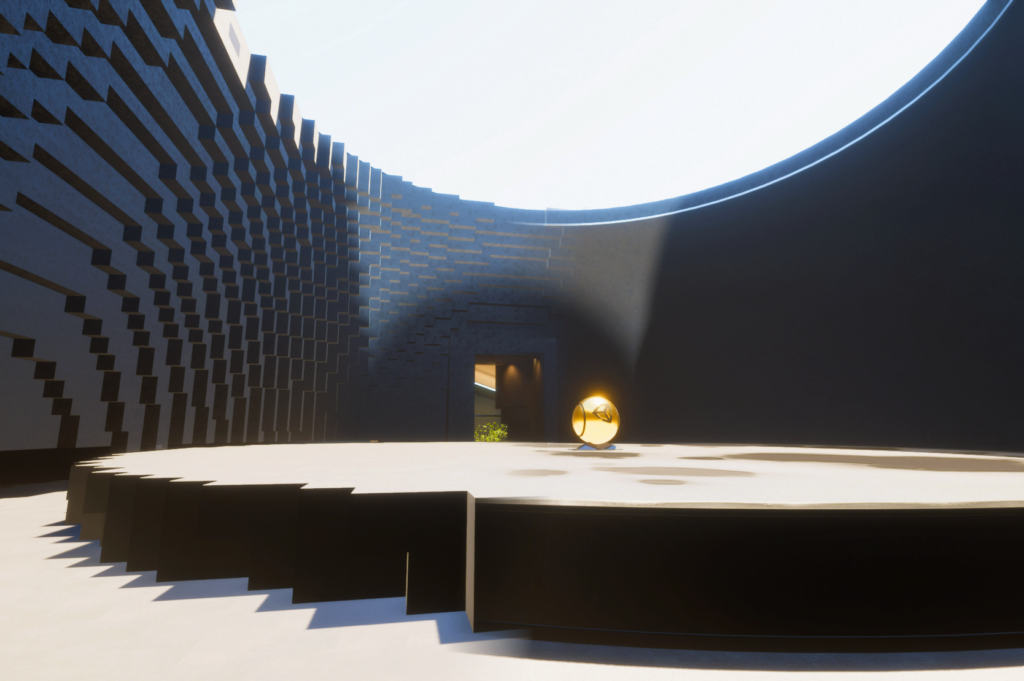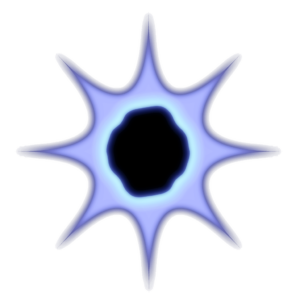Eventually I submitted a new version of my Voxel conversion tool for Unity to be published on the Asset Store. The previous version had been taken off without warning in the summer of 2019 due to missing updates for newer Unity versions and modified guidelines for the usage of the logo. That second point is also the reason the package has been renamed.
Quickly after the store removal I started to make sure my rasterizer was still working with the latest version of the application. And that was the case but only for the standard pipeline unfortunately. At that time the Lightweight and the High Definition Render Pipeline had been introduced and the rasterizer did not read meaningful data from the results of the utilized camera. Because a major advantage of my solution was the ability to collect colors from source assets similar to how they are being rendered at runtime I wanted the support the new options, too.
I started to debug things, which was not easy because the APIs of those pipelines were not deeply documented. So I had to do research by trail-and-error, which took a lot of my spare time. And both scriptable pipelines required different approaches for manipulating the camera to get the results my tool needed. Hundreds of hours, which mainly happened on vacation and around Christmas, passed until a satisfying outcome loomed. In between there were months I couldn’t do anything because my job demanded my complete focus.

After operating suitably another issue, which some customers experienced in their workflow, still remained. Despite indenting the mesh creator script only as an example people are using it heavily to create assets for their projects. And whenever they wanted to build a prefab of a generated voxel model data got lost. So, I enhanced the component to be able to create mesh, material and texture files and a prefab containing them.
At last I had to polish the sum into a releasable product by refactoring the source code, updating the artwork and the documentation. Finally, that whole process took about one and a half year. But as long as no such huge changes in the rendering routines of Unity will emerge once more in the near future updates of “Voxels: Rasterizer” should become more frequent again.
